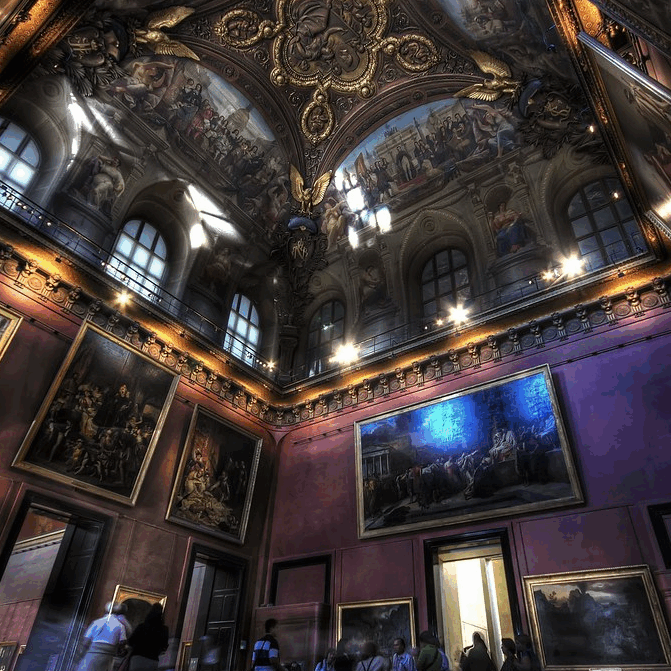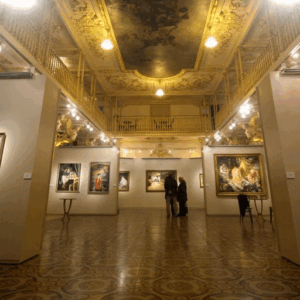Photography is more than a method of documentation — it is an evolving language that captures stories, preserves memory, and challenges perception. Across Europe, dedicated photography museums and visual media institutions offer deep insight into this ever-changing medium. These museums span historical archives, cutting-edge technology, and conceptual experimentation, providing visitors with a powerful and immersive look into the world behind the lens.
In Paris, the Maison Européenne de la Photographie is one of the most influential institutions in contemporary photography. Nestled in the heart of the Marais, it showcases rotating exhibitions that highlight both global stars and emerging talent. Visitors can explore everything from raw photojournalism to experimental digital art installations, all presented in a strikingly modern format.
London’s Photographers’ Gallery, the UK’s first public gallery devoted to photography, is another essential stop. Located in Soho, it balances retrospectives of icons like Robert Capa and Cindy Sherman with new voices pushing the boundaries of visual media. Its program often explores intersections between photography, technology, and politics, offering a unique look at how images influence society.
In Amsterdam, the FOAM Museum (Fotografiemuseum Amsterdam) is a hub of innovation. Known for its dynamic programming and commitment to nurturing young photographers, FOAM brings fresh energy to traditional museum formats. The exhibitions here are often thematic, exploring cultural identity, conflict, nature, and the human experience through compelling photographic narratives.
Berlin is home to a thriving scene of photo-based art. Spaces like C/O Berlin, located in a former post office building, feature international exhibitions that challenge the limits of visual storytelling. With a focus on social commentary and conceptual exploration, C/O Berlin invites visitors to think critically about the role of photography in modern life.
These institutions don’t just display photos — they contextualize them. Many offer guided tours, screenings, artist talks, and publications that deepen the viewer’s understanding of both content and craft. Visitors are often introduced to multiple forms of visual media: analog and digital photography, film, collage, and mixed-media installations.
Europe’s photography museums are also increasingly engaged with digital culture. Augmented reality, interactive displays, and multimedia storytelling are now common features. These innovations allow guests to not only observe but also participate — interacting with the art in a way that feels immediate and personal.
Whether you’re an amateur photographer, a professional, or simply someone who appreciates a powerful image, these museums offer a rich experience. They provide access to moments of joy, sorrow, resistance, and beauty — all captured in a single frame.
As photography continues to evolve alongside technology and culture, these museums serve as vital spaces for reflection and inspiration. They remind us that images can do more than show — they can speak.

